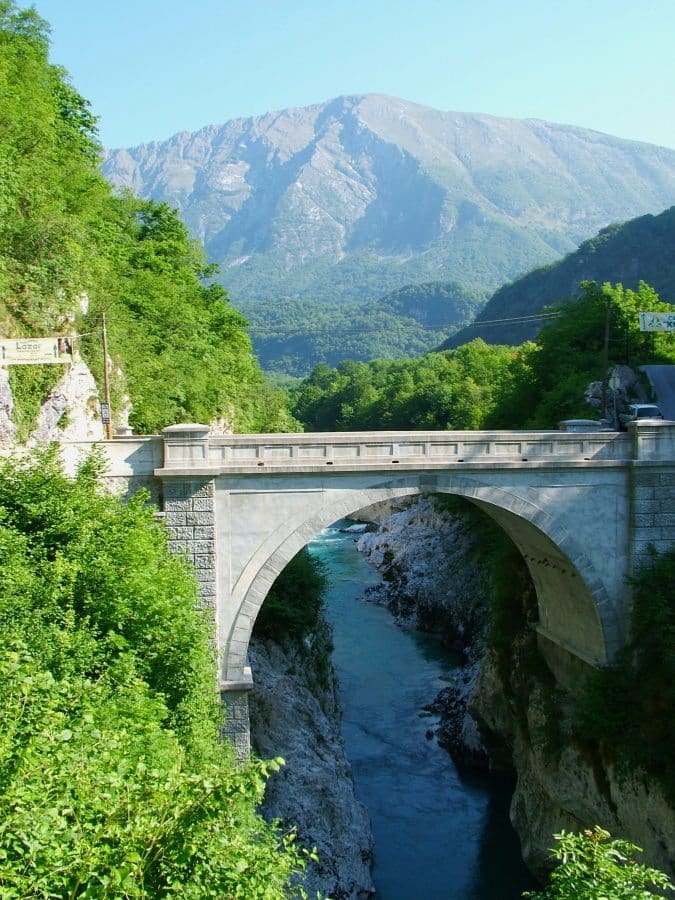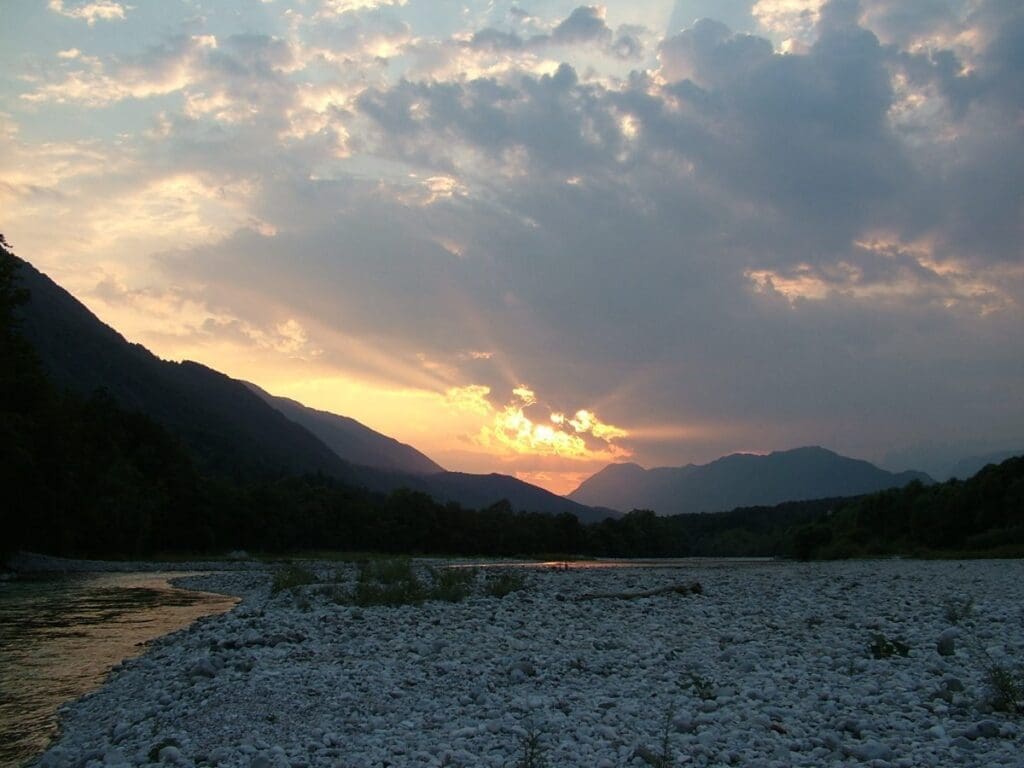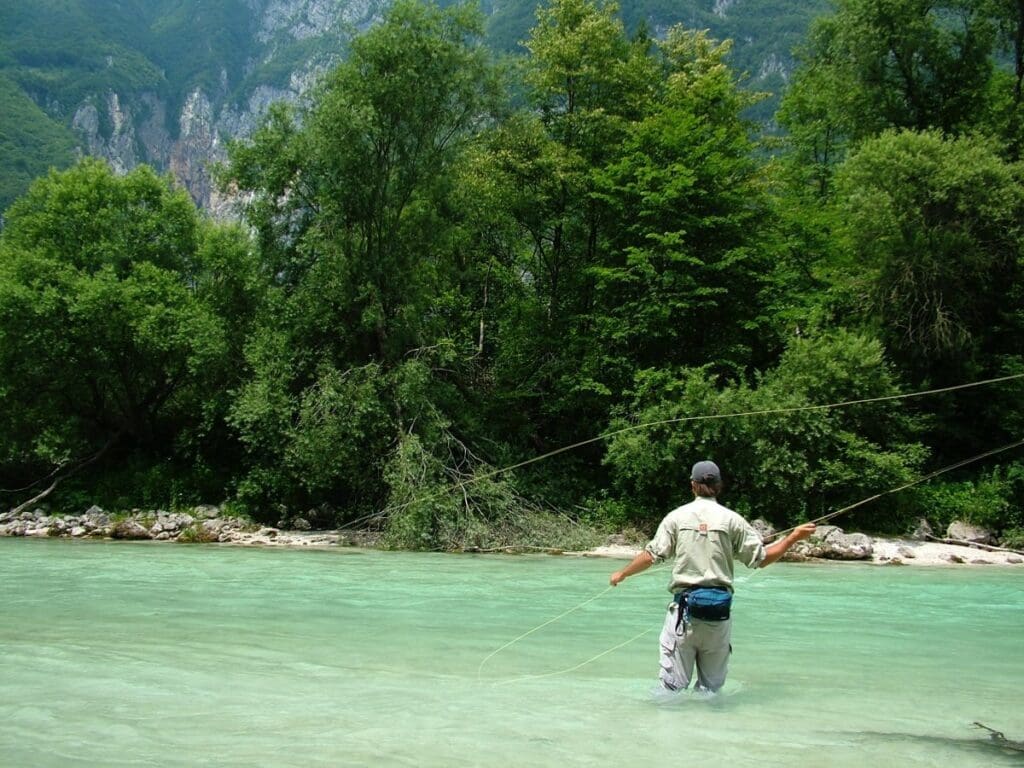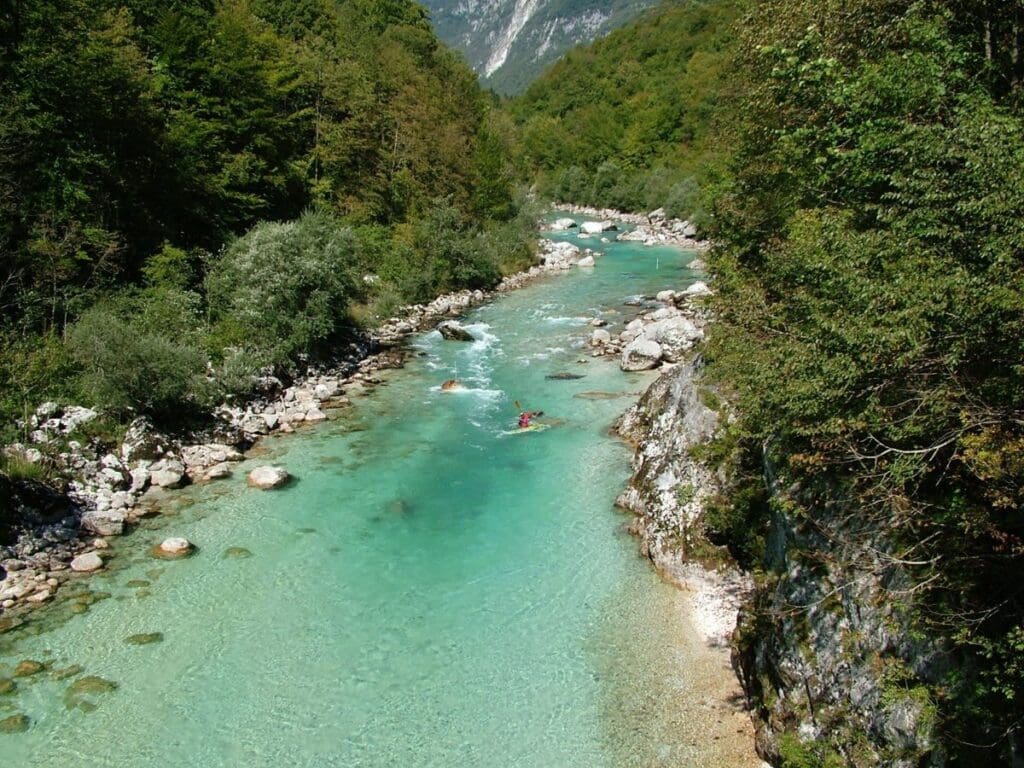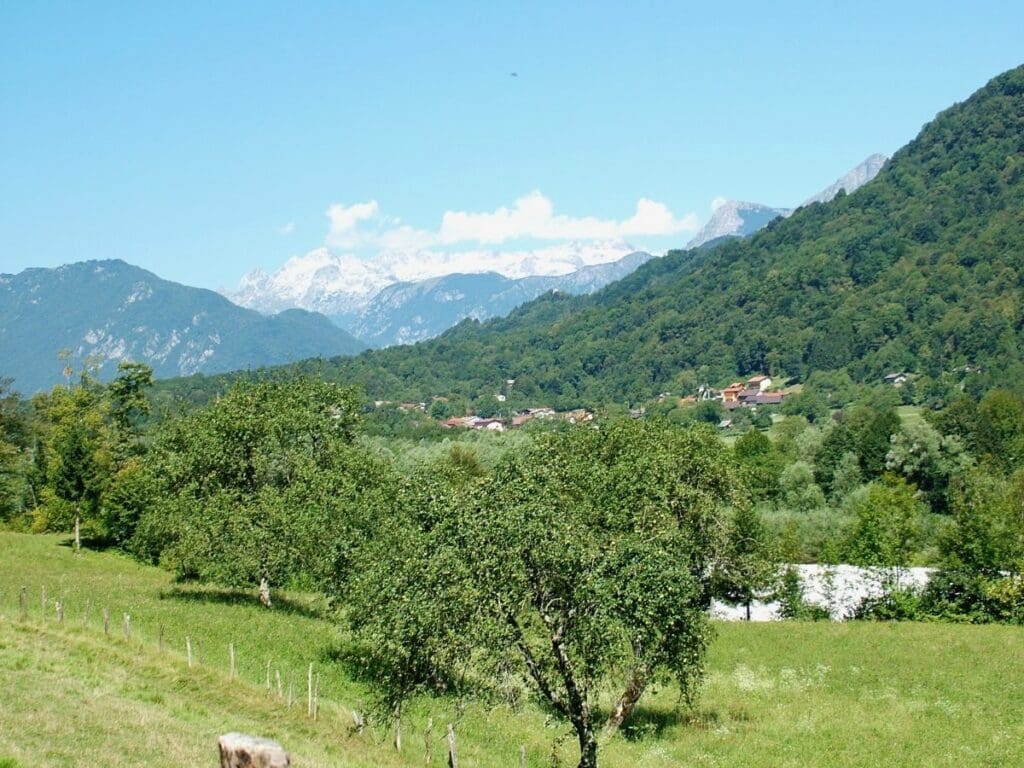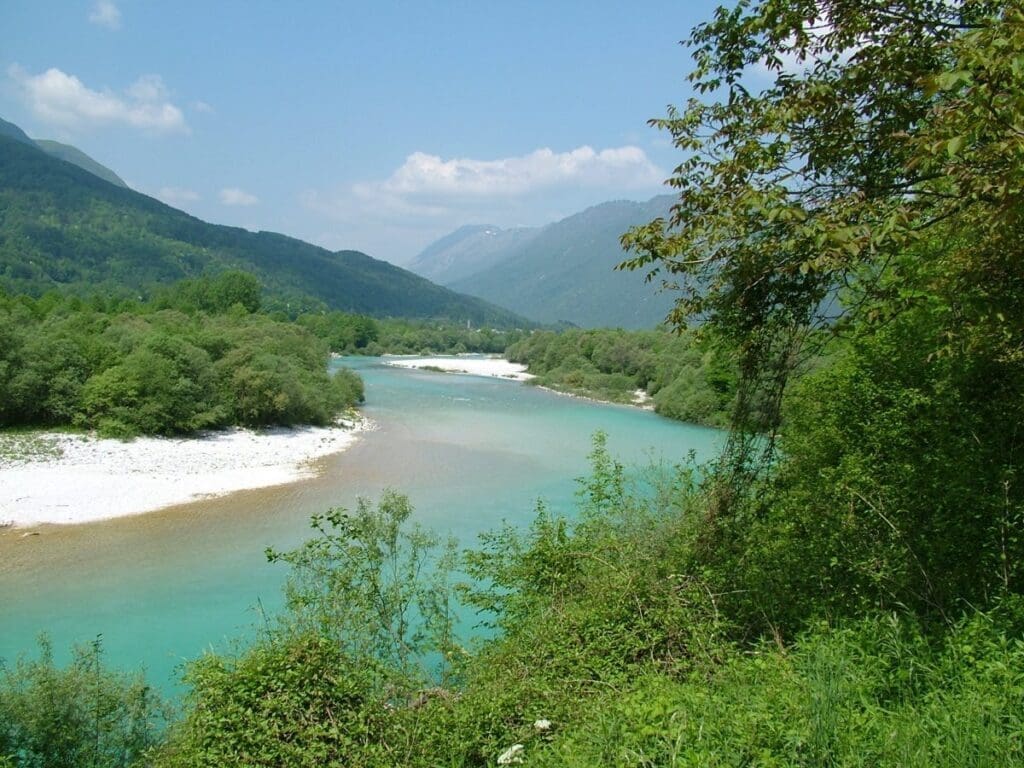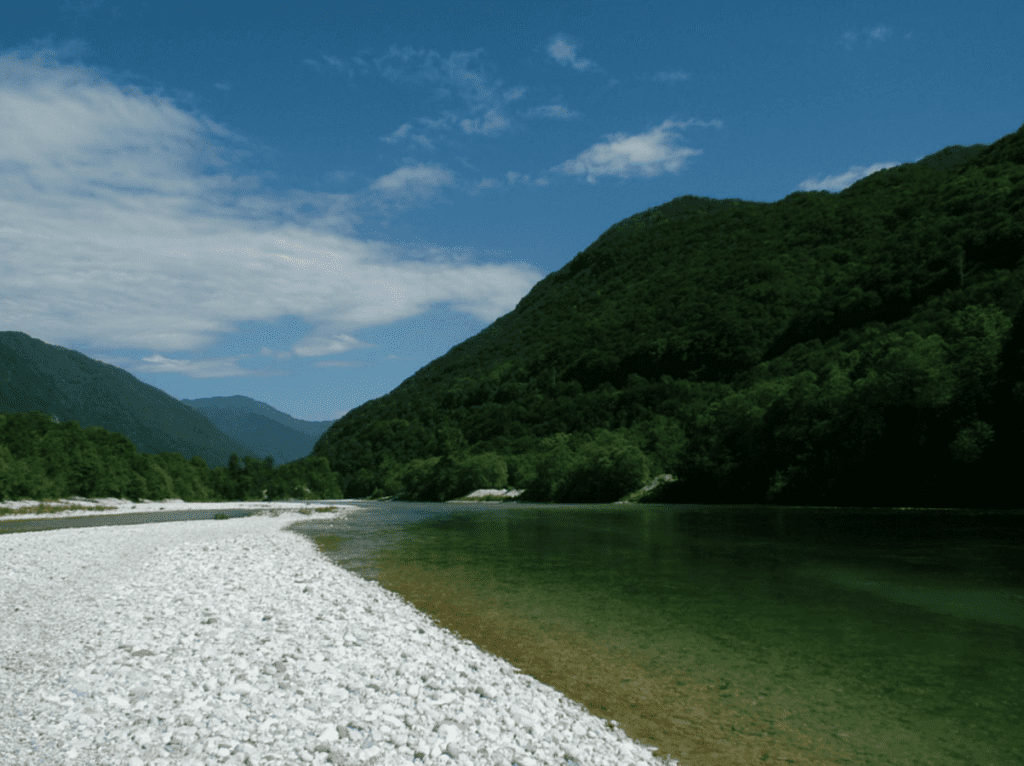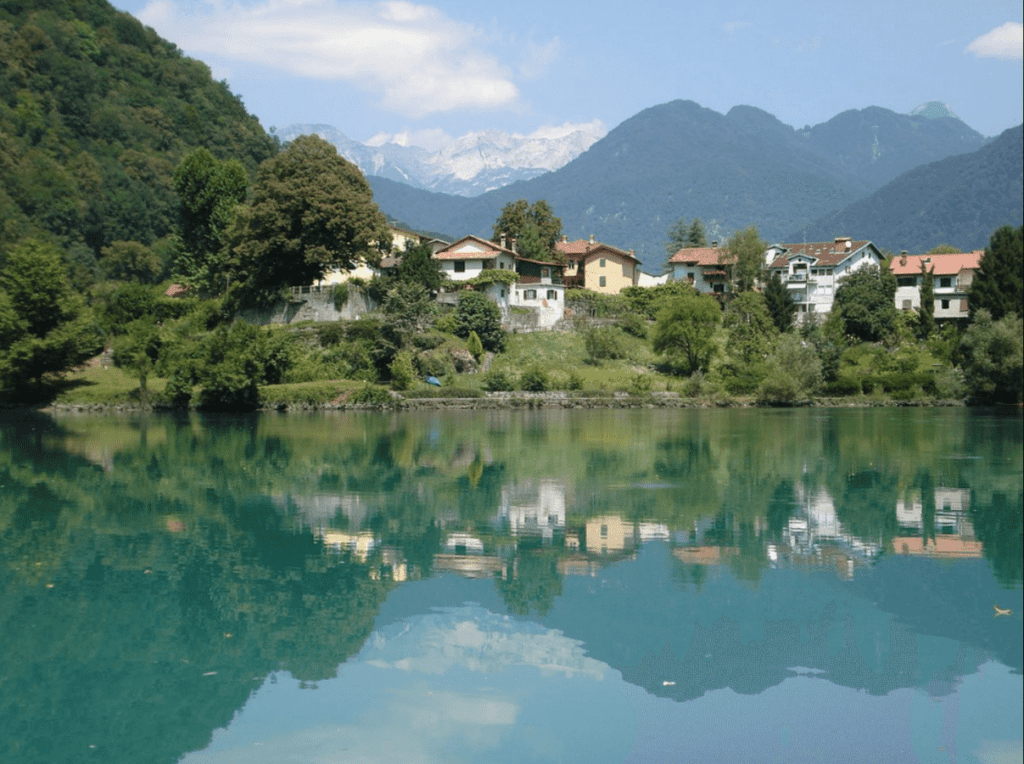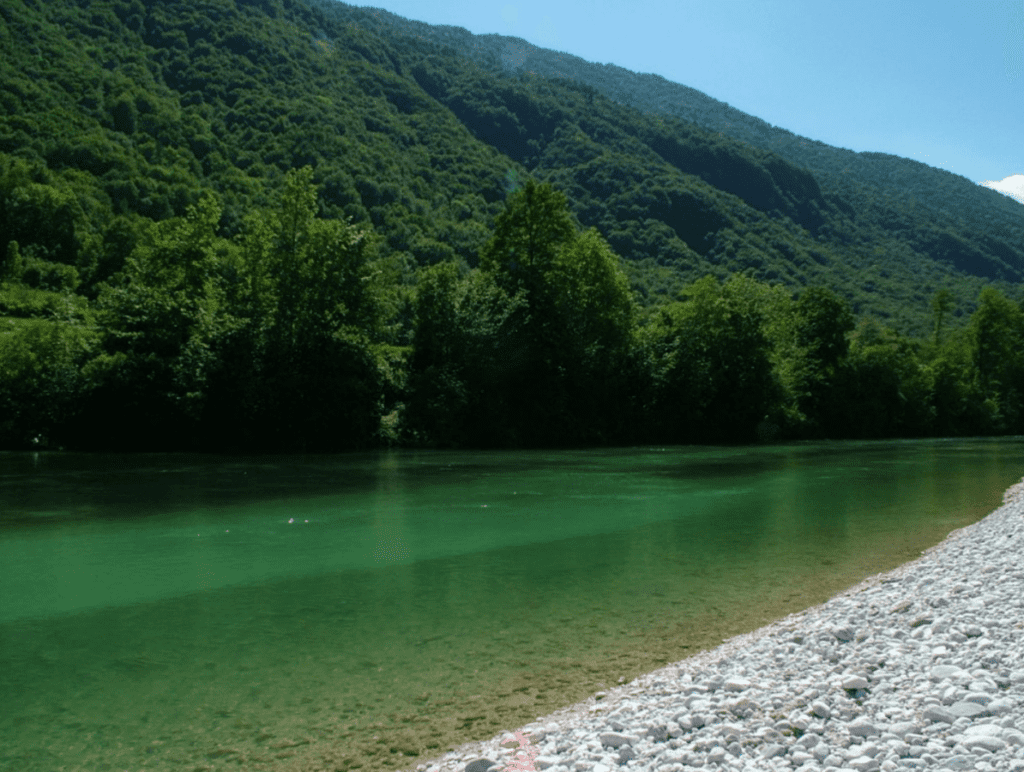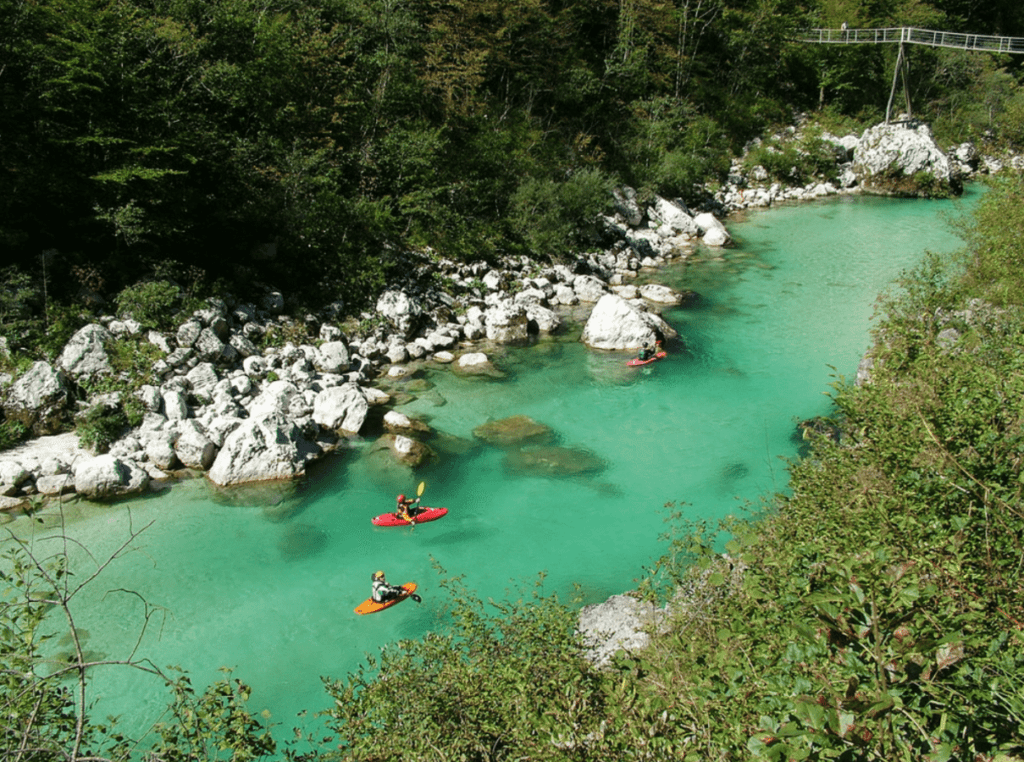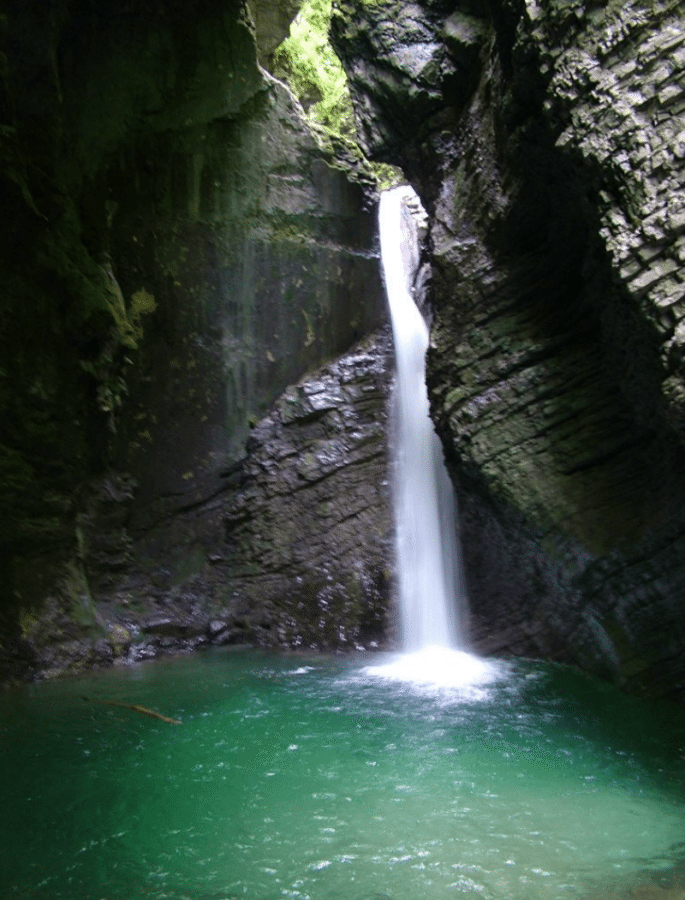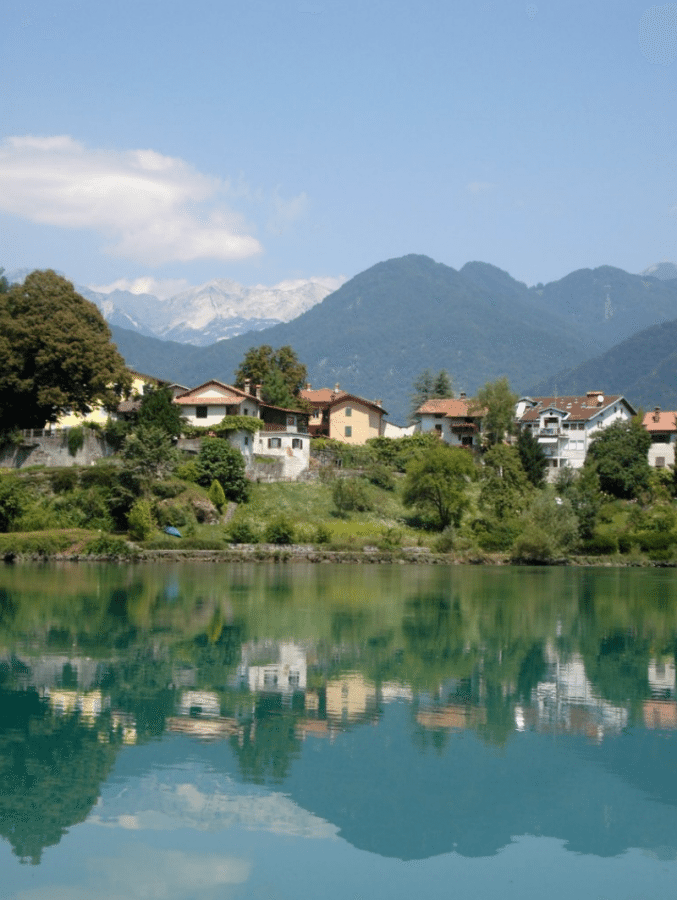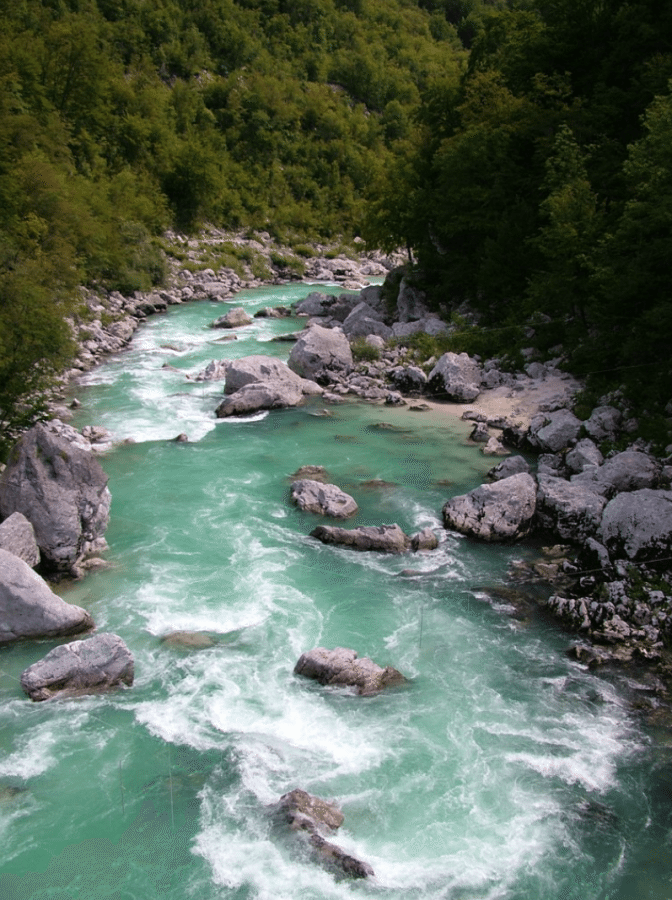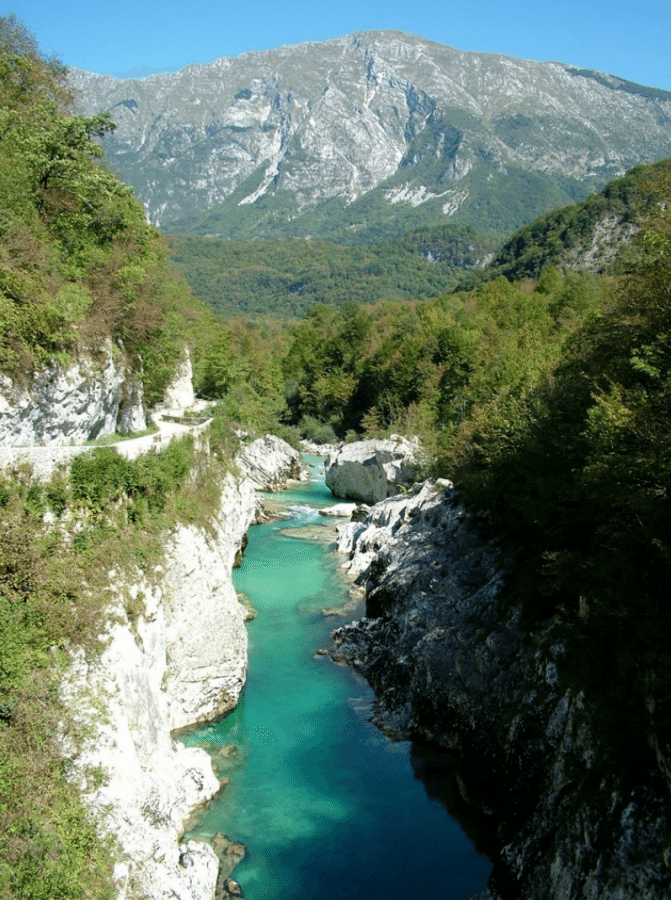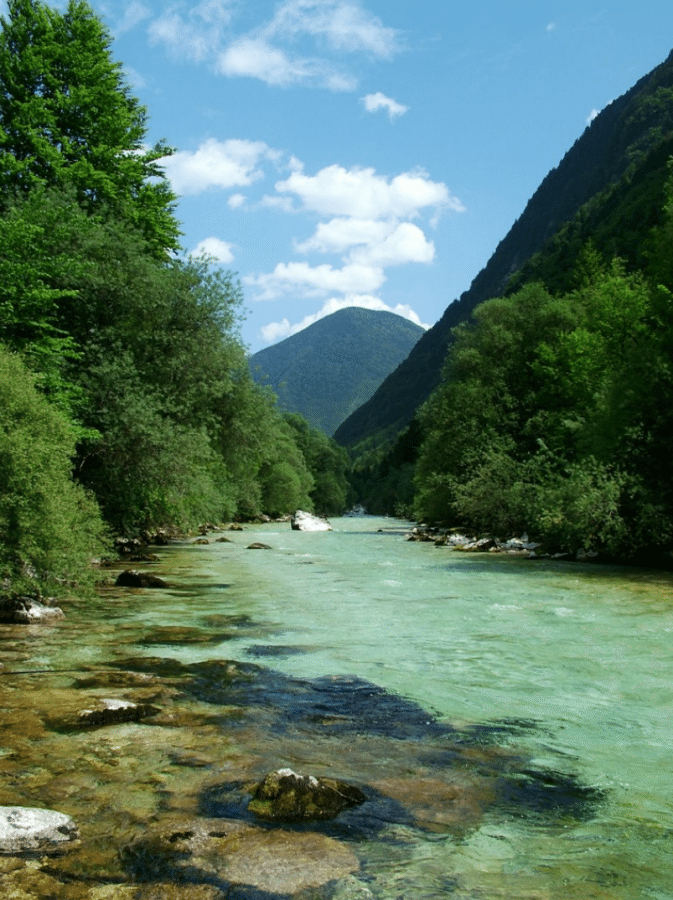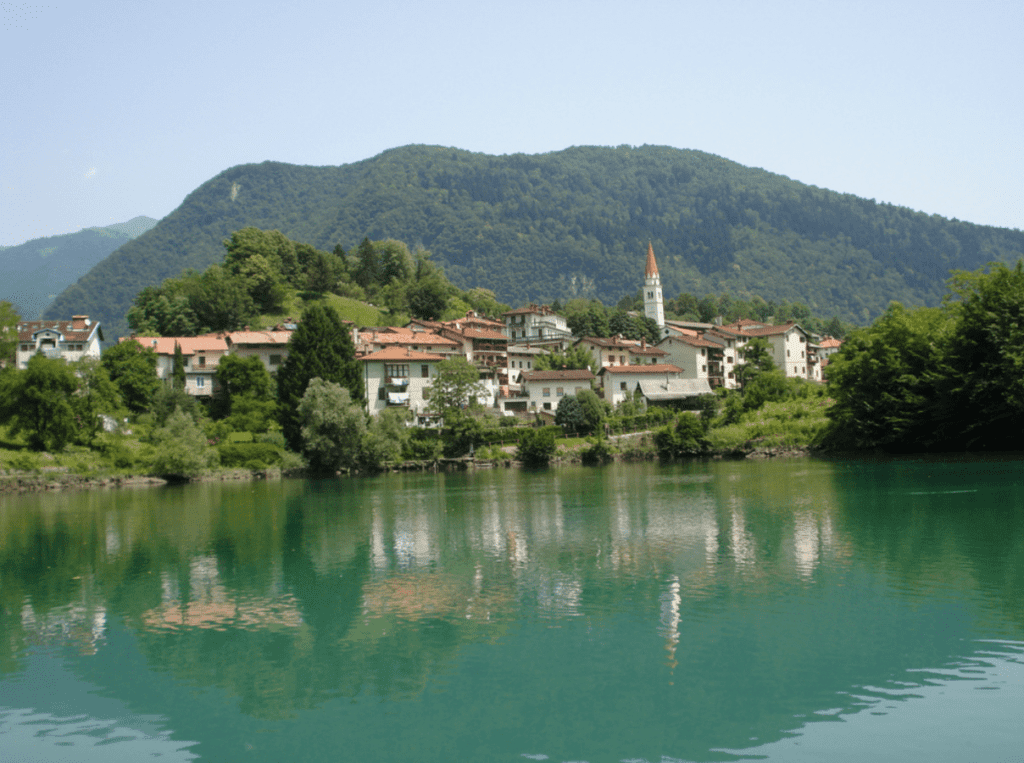One of the most beautiful and unspoiled valleys in Europe…
In North-West Slovenia are the dramatic white limestone mountains, the Julian Alps, so named after the Julian dynasty who ruled on the southern side of the Alps…
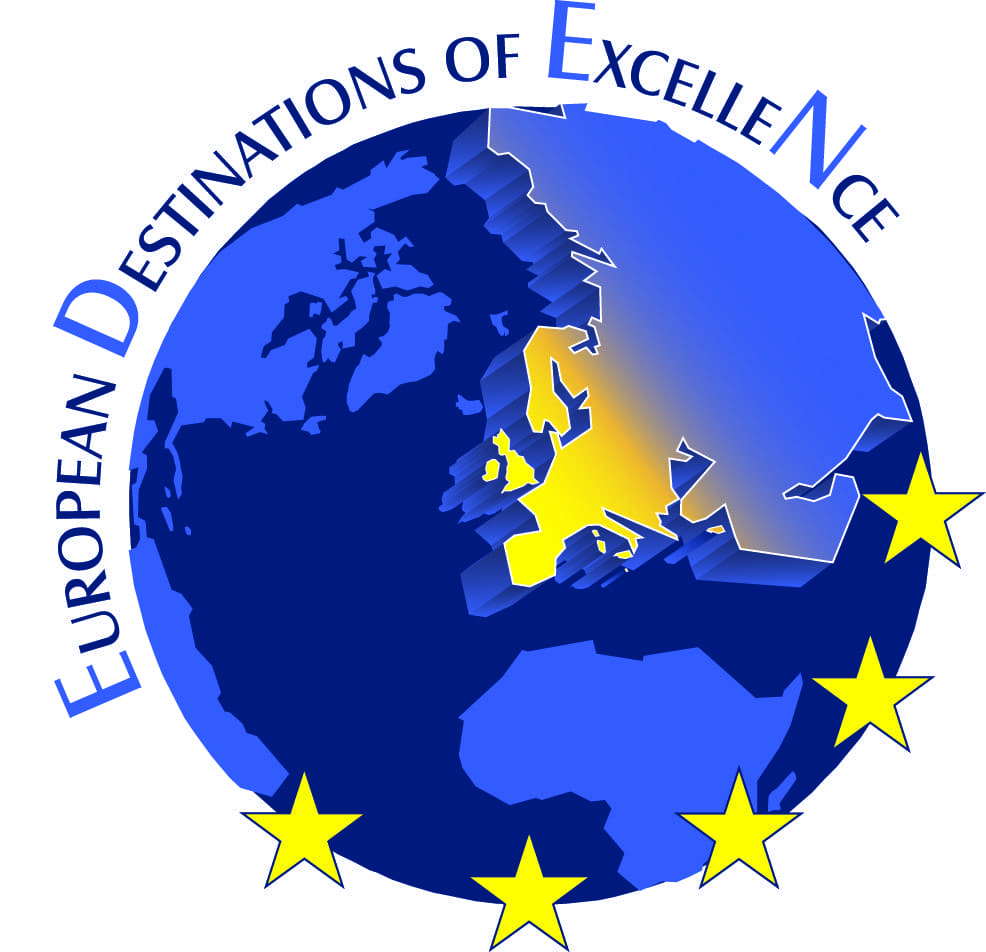
It is a landscape of soaring peaks, deep valleys & gorges, rivers of crystal clear emerald water, blankets of thick forest, and meadows filled with wild flowers; then in winter a stunning snowy winter wonderland.
Towering over the numerous peaks is Triglav the highest mountain in Slovenia at 2,864 metres set within one of Europe’s first national parks; the Triglav National Park which was set up in 1903 to protect this unique area.
Katrič farmhouse is set in the pretty traditional farming village of Kamno at the Southern end of the Julian Alps under the base of mount Krn (2244m).
Gallery
Bovec
the area of Kobarid, a small town under the mighty Mt. Krn (2244 m), extends beyond the town of Kobarid and its surroundings to Breginjski kot, Livško, the gorge of Trnovska soteska – centre of rafting and kayaking exploits – and the wonderful mountain villages under Mt. Krn (Drežnica, Vrsno and Krn).
The greatest impression was left on Kobarid by the First World War. The story of the town’s history and primarily of the Soča or Isonzo Front is told in the Kobarid Museum, voted best museum of Europe in 1993. The exhibits, the large reliefs of the urrounding mountains, the rich photographic material and mlutivision projections offer a sensitive narrative of those hard and bloody days near the Soča. Part of the events connected to the Soča Front were described in his famous novel A Farewell to Arms by then American war correspondent Ernest Hemingway.
The trail of Kobarid’s history is fascinating and instructive, leading us through time and the natural beauties of the surrounding environment.
Kobarid is the town in Slovenia that can boast the highest number of excellent restaurants in one single place. Even for the fussiest lovers of good food and excellent wine, a visit to Kobarid will be a great experience.
Like the other places along the Soča Valley, this too boasts an exceptional natural heritage and a broad range of possibilities for enjoying an active holiday. Rafting, kayaking, hydrospeed, mountain biking, paragliding, hiking and hill walking, fishing – in fact everyone can find just what they want to do.
Tolmin
Is the largest town and an administrative centre of the Soča river valley. It features a high school and an excellent library and its greatest attractions are the old town centre, great sports facilities and the Museum of Tolmin where one can explore the history of the whole Posočje region.
Only a short walk from the town we can admire the untamed Tolmin gorges, the lowest entrance into the Triglav National Park, and a few kilometres away we can see Javorca, the most beautiful monument from the times when the First World War unleashed upon the Posočje region. It was entered into the list of European cultural heritage in 2006. The Tolmin municipality consists of several regions.
Trebuša is famous for its secluded country homes, gorges and waterfalls. In addition to a breathtaking view, the plateau Šentviška planota also features the splendid Mary’s Church – one of the last creations of the renowned architect Plečnik.
In addition to ordinary trains, a museum train (steam-powered) and a car train (the most comfortable way of travelling between Bohinj and Bled) traverse Baška Grapa on the more than a century old tracks.
The tradition of alpine cattle ranches and with them the famous Tolmin cheese still survives in the surrounding mountain pastures.
Information LTO Sotočje
TIC Tolmin Petra Skalarja 4
SI-5220 Tolmin
t: +386 5 380 04 80
f: +386 5 380 04 83
e: info@lto-sotocje.si
w: www.dolina-soce.com
The Soča River
In one of the most beautiful and unspoiled valleys in Europe, the Soča (pronounced So-cha) river springs from limestone mountains in the north western part of the Julian Alps. Flowing majestically alongside mountain meadows, through steep gorges and under towering mountains until it reaches Italy, becoming the Isonzo then ending its lengthy journey into the Adriatic sea. Apart from its setting, what makes this river so amazing and memorable is its vivid emerald green colour and gin clear water.
So unique and extraordinary is this area that is was awarded the ‘European Destination of Excellence’ in 2008 by the European commission. The first of four areas (Kolpa River, Idrija and Solčavsko Region) here in Slovenia. The diversity and culture of the river and valley is reflected in the amount of things to see and do. There is something for everybody whether you like fly-fishing, mountain biking, a quiet stroll alongside meadows and rivers or hiking in the mountains. Or if you prefer something to get the adrenaline going there is white water rafting, kayaking, Paragliding, canyoning, and much more.
If you like history the Soča Valley has it in abundance. You can explore the ‘Walk of Peace’ which follows the heritage of the First World War and the outdoor museums. Also the award winning Kobarid museum will guide you through the history of the area.
The Soča (in Slovene) or Isonzo (in Italian) (other names Friulian: Lusinç, archaic German: Sontig, Latin: Aesontius or Sontius) is a 140 km long river that flows through western Slovenia and northeastern Italy. An Alpine river in character, its source lies in the Trenta Valley in the Julian Alps in Slovenia, at an elevation of around 1,100 metres. The river runs past Slovenia’s highest peak, Triglav (2,864 m) before heading south past the towns of Bovec, Kobarid, Tolmin, Kanal ob Soči, Nova Gorica (where it is crossed by the Solkan Bridge) and Gorizia, entering the Adriatic Sea close to the Italian town of Monfalcone.
Whatever you do in the Soča Valley you will never be far from stunning views of the Emarald River.

